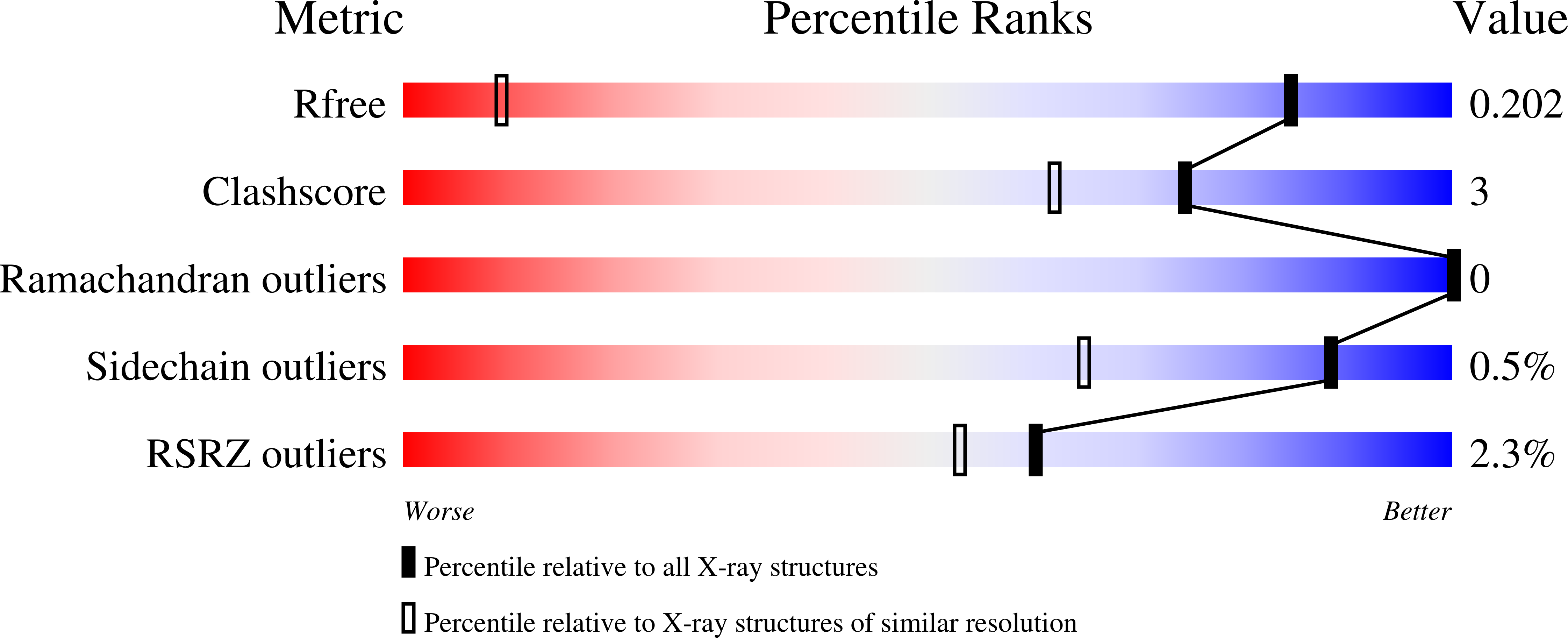
Deposition Date
2021-05-26
Release Date
2021-12-01
Last Version Date
2024-02-07
Entry Detail
PDB ID:
7ONV
Keywords:
Title:
Carbonic anhydrase II mutant (I91C) dually binding an IrCp* complex to generate an artificial transfer hydrogenase (ATHase)
Biological Source:
Source Organism:
Homo sapiens (Taxon ID: 9606)
Host Organism:
Method Details:
Experimental Method:
Resolution:
1.04 Å
R-Value Free:
0.20
R-Value Work:
0.18
Space Group:
P 21 21 21


